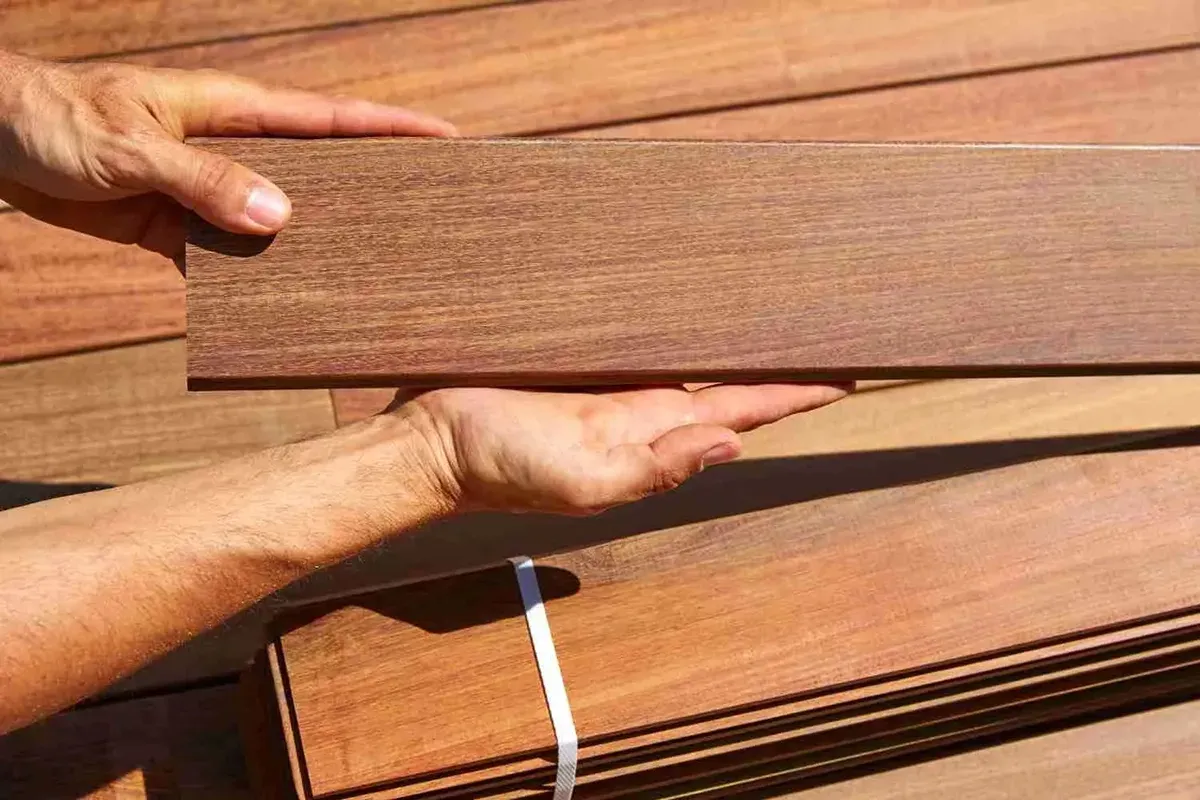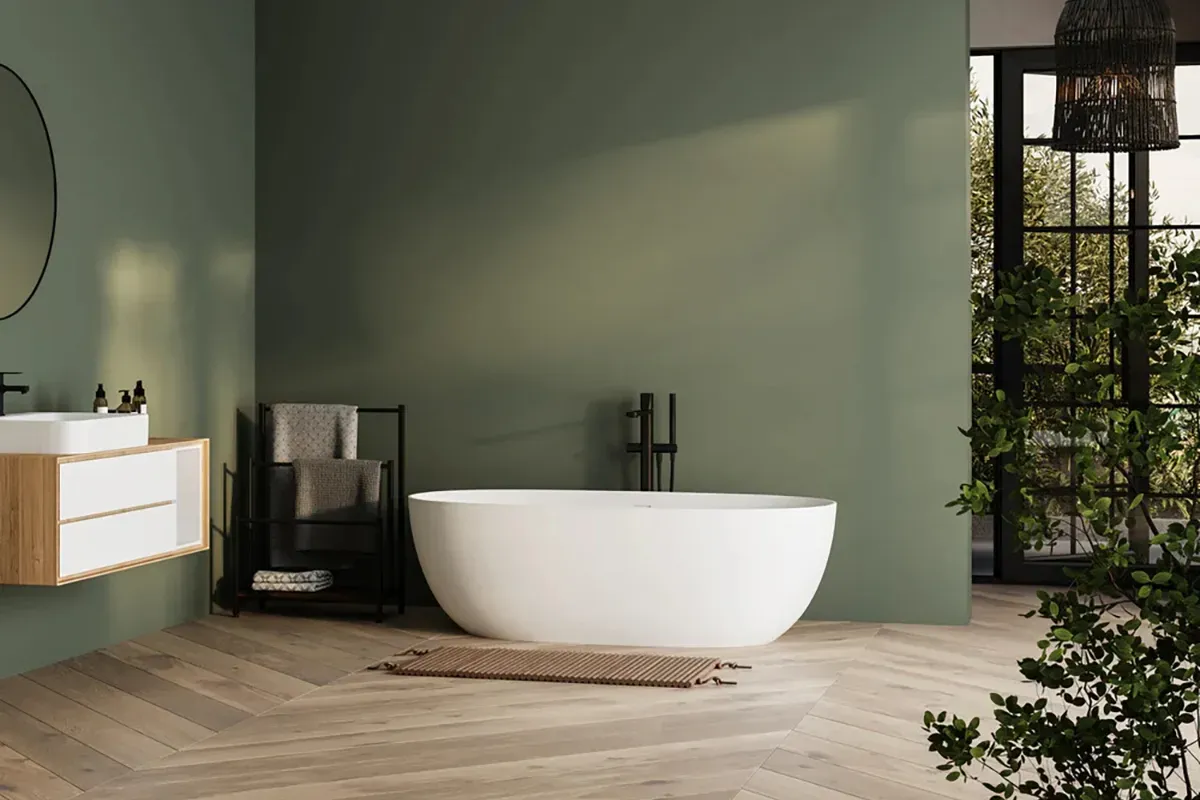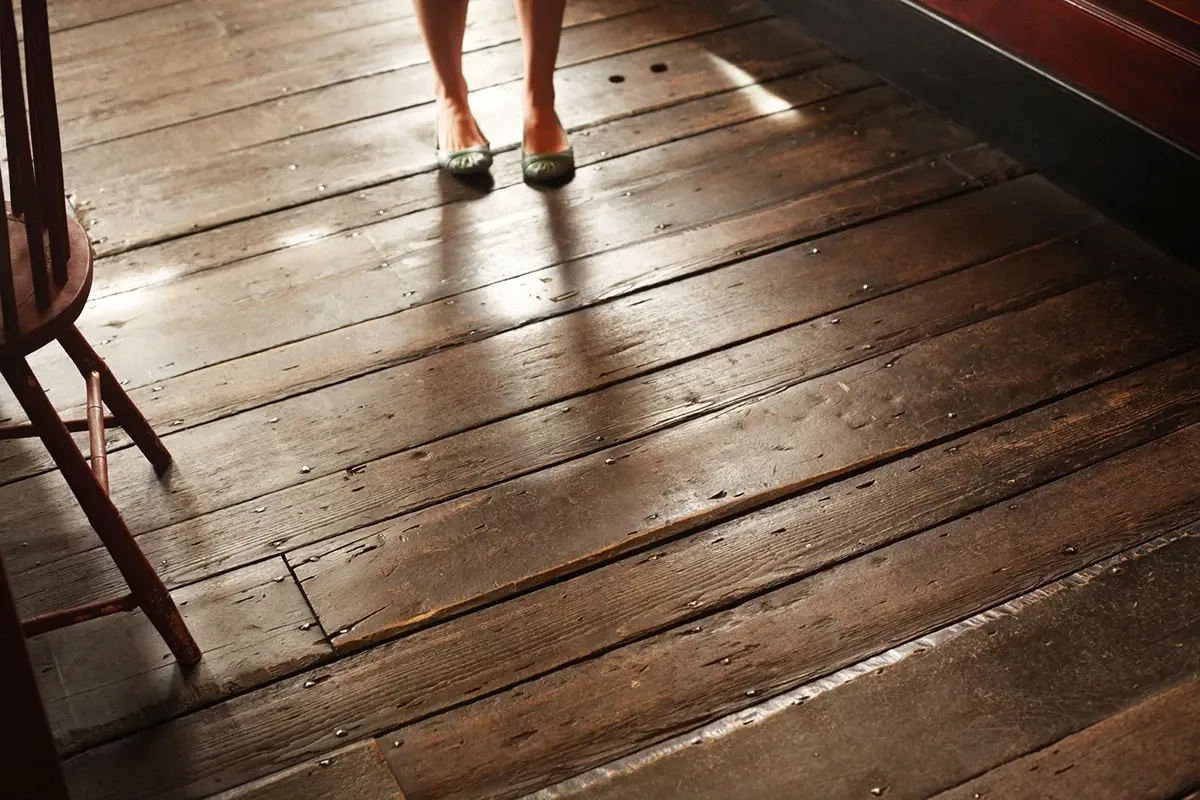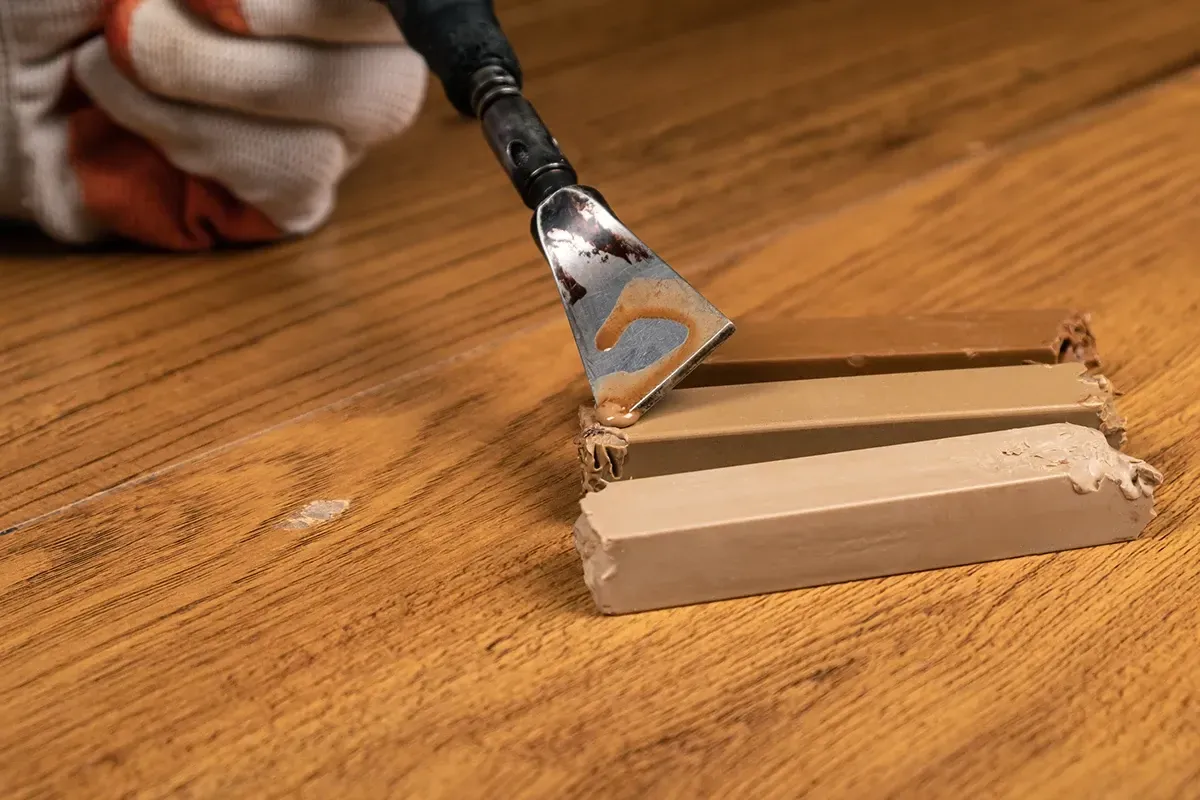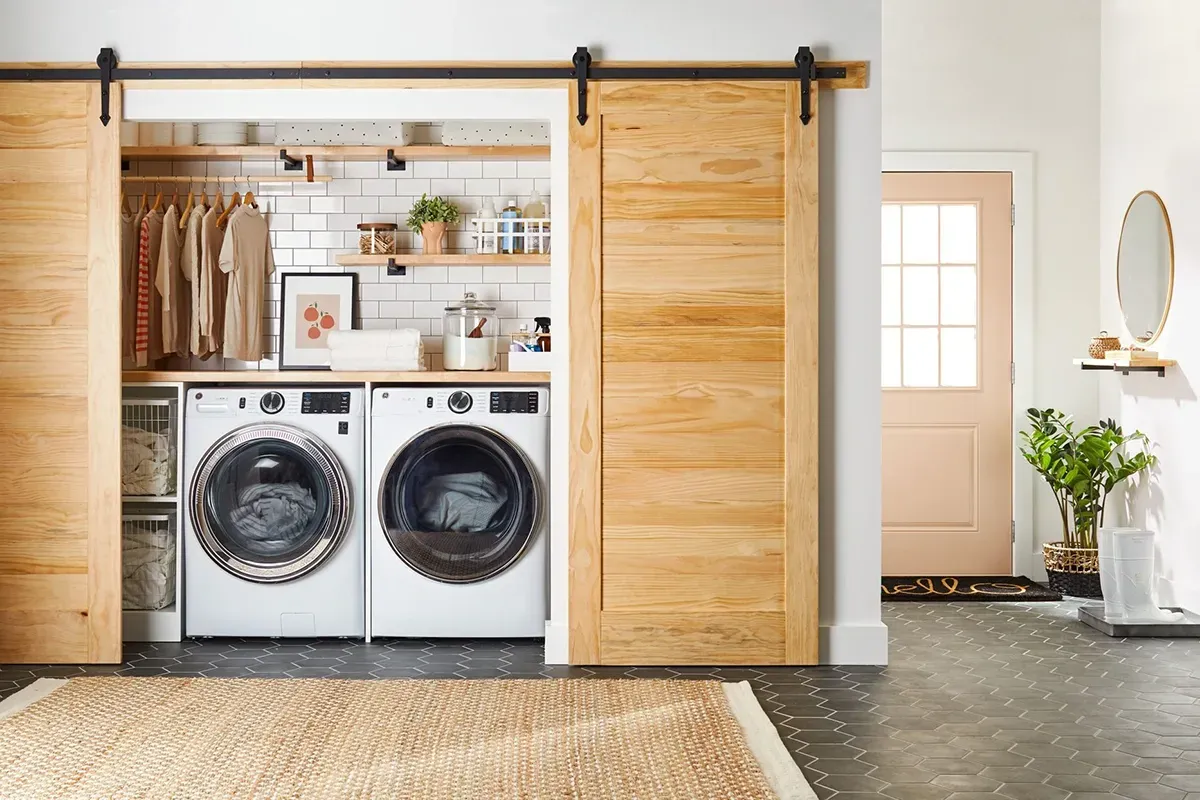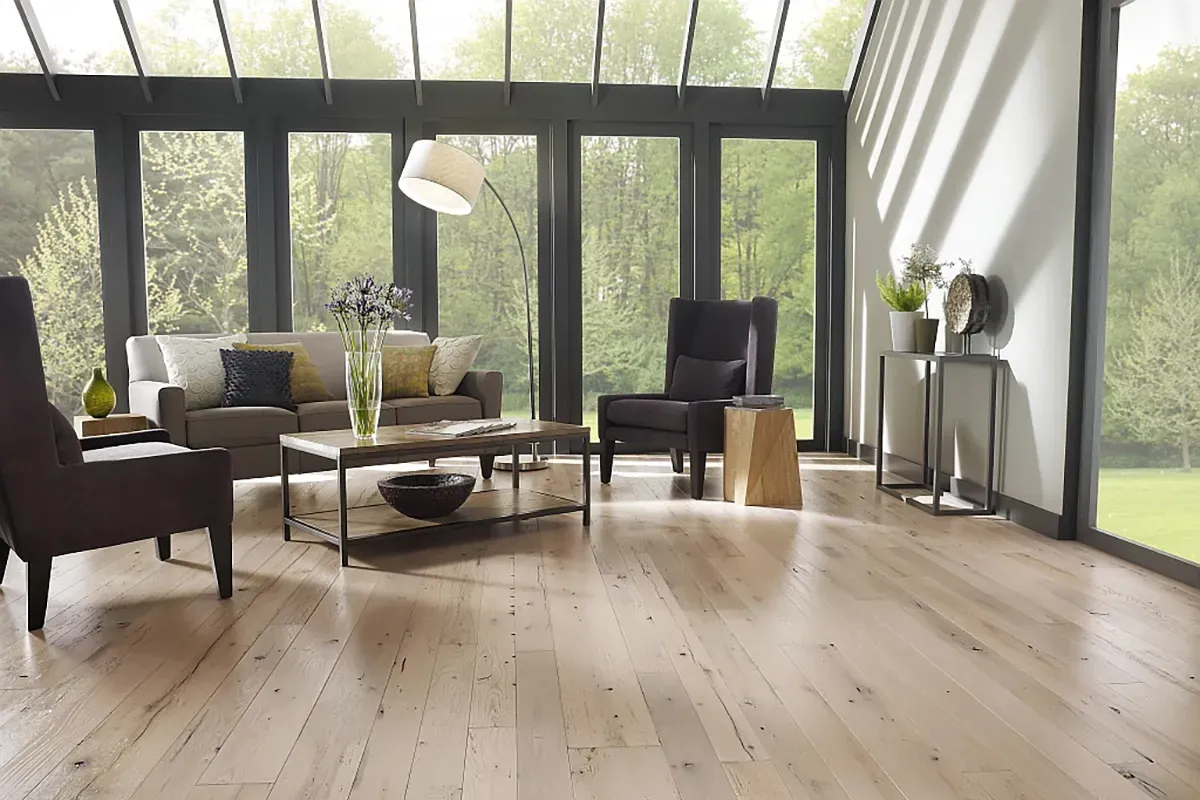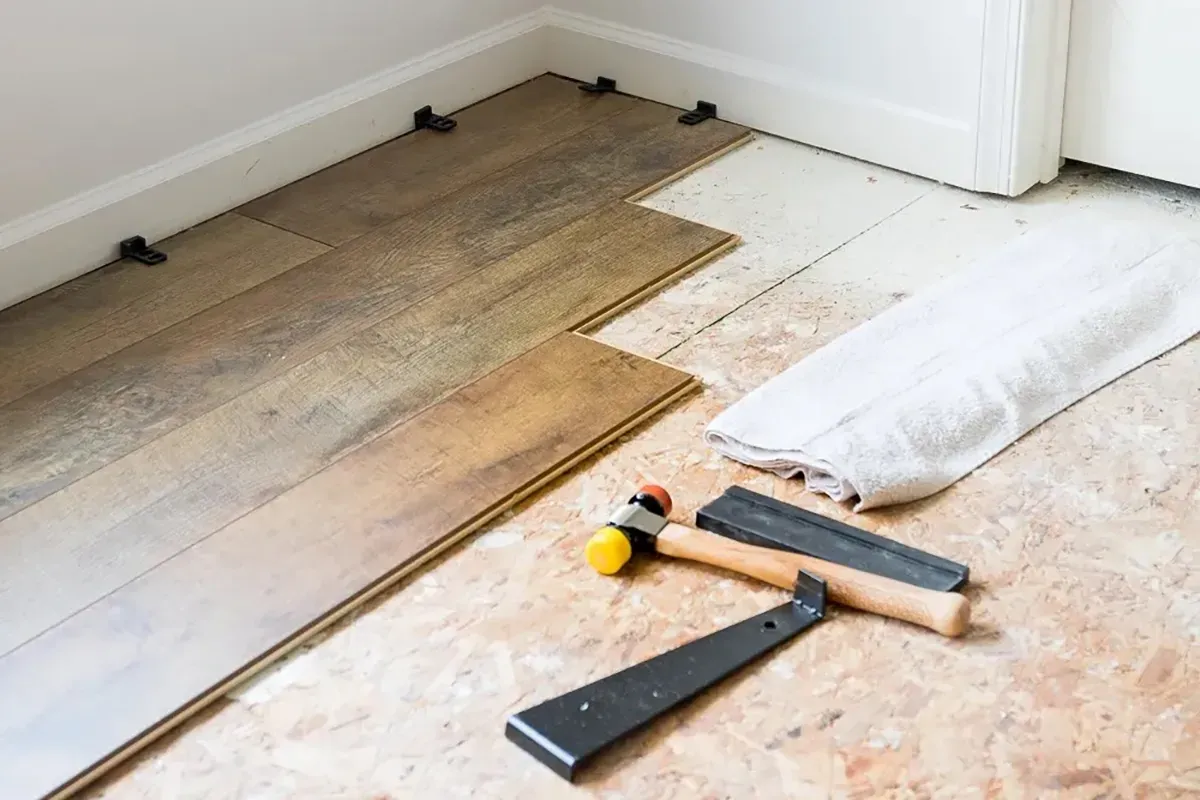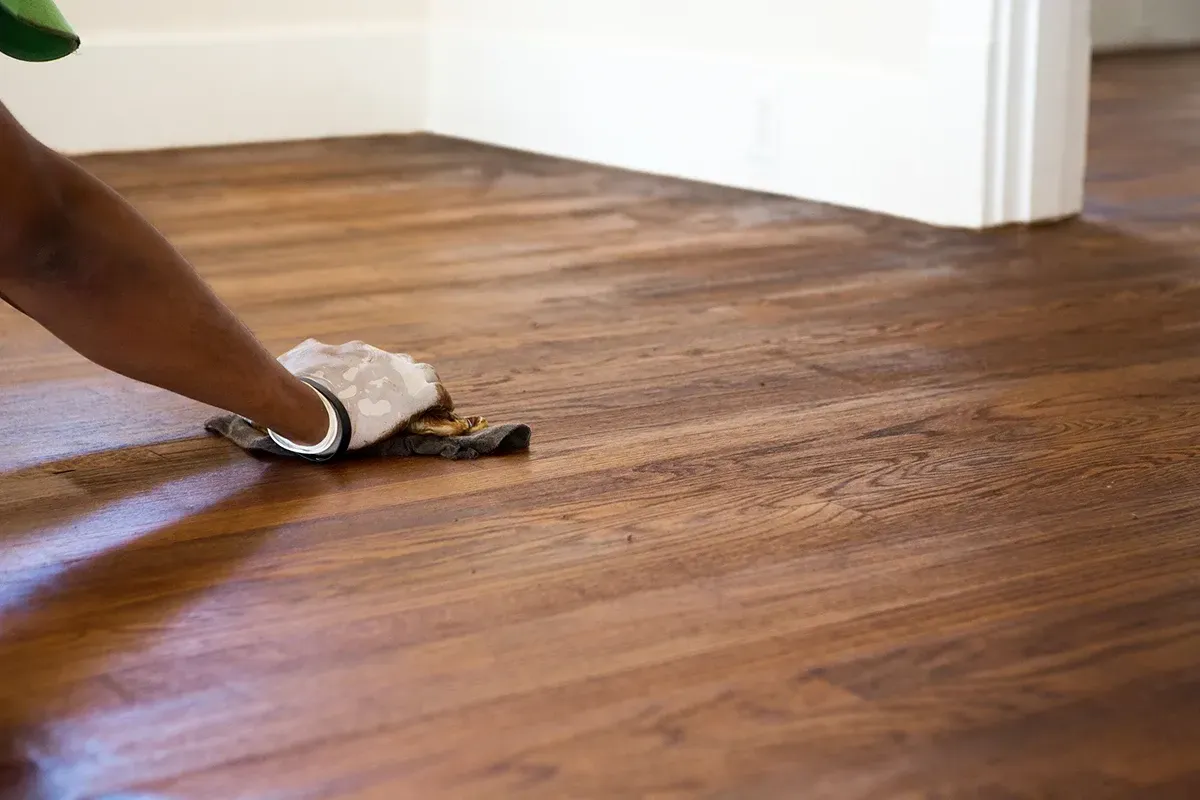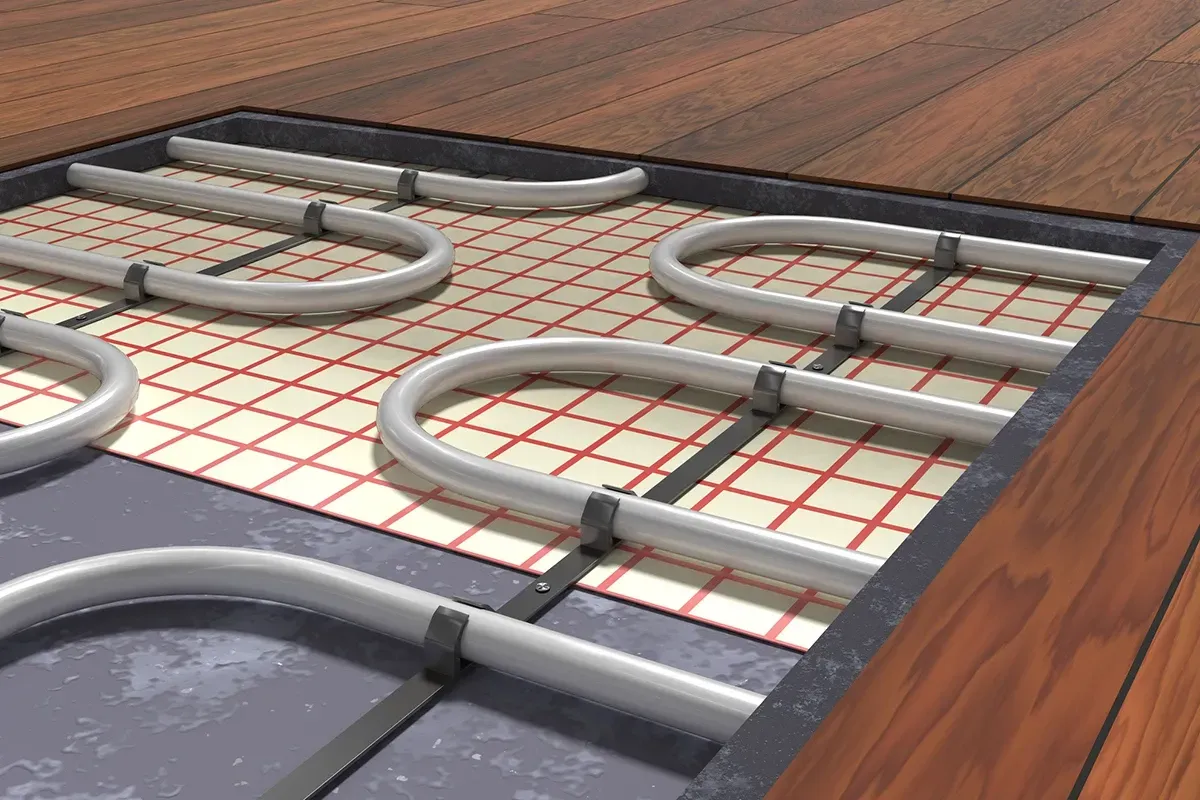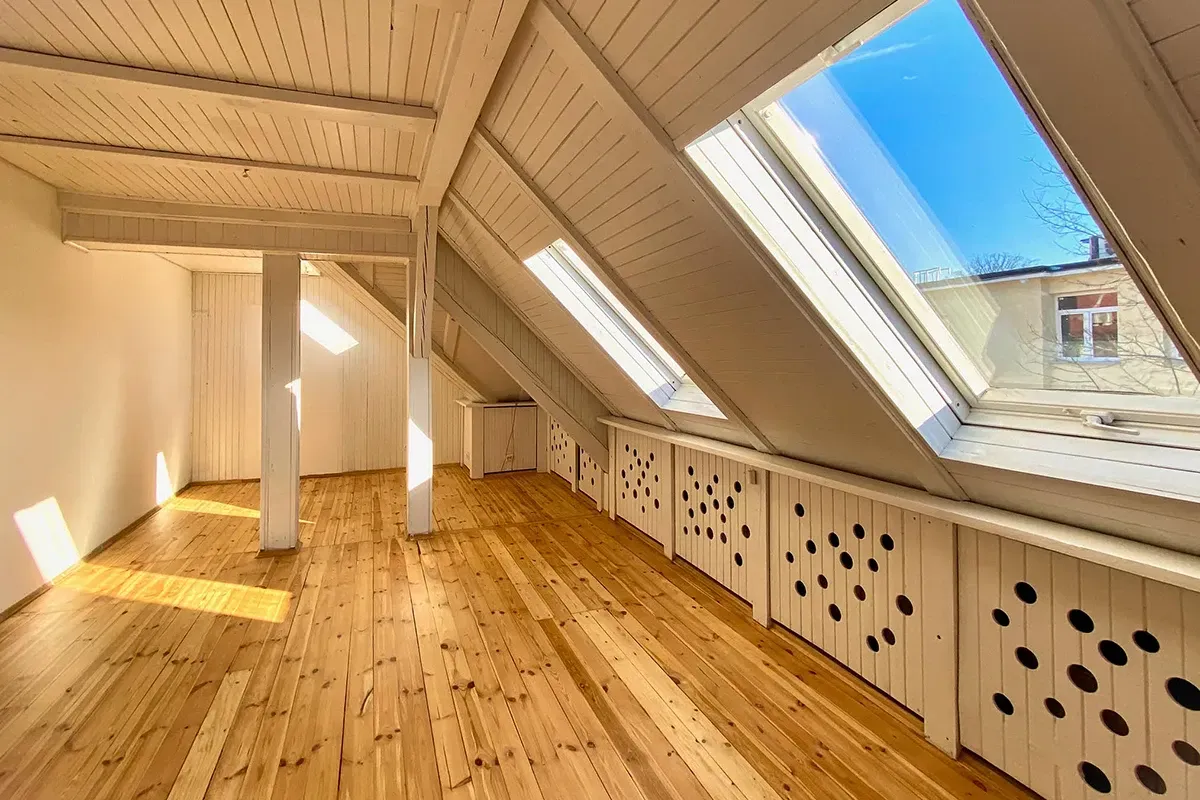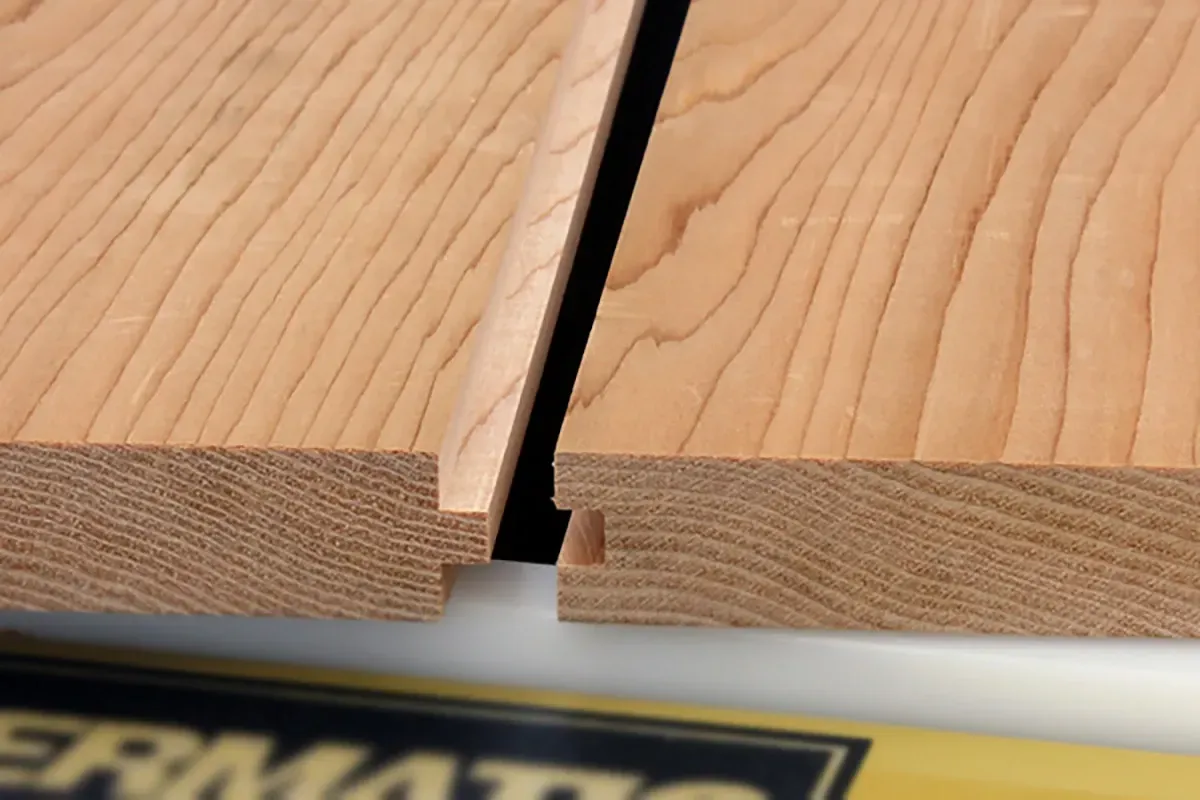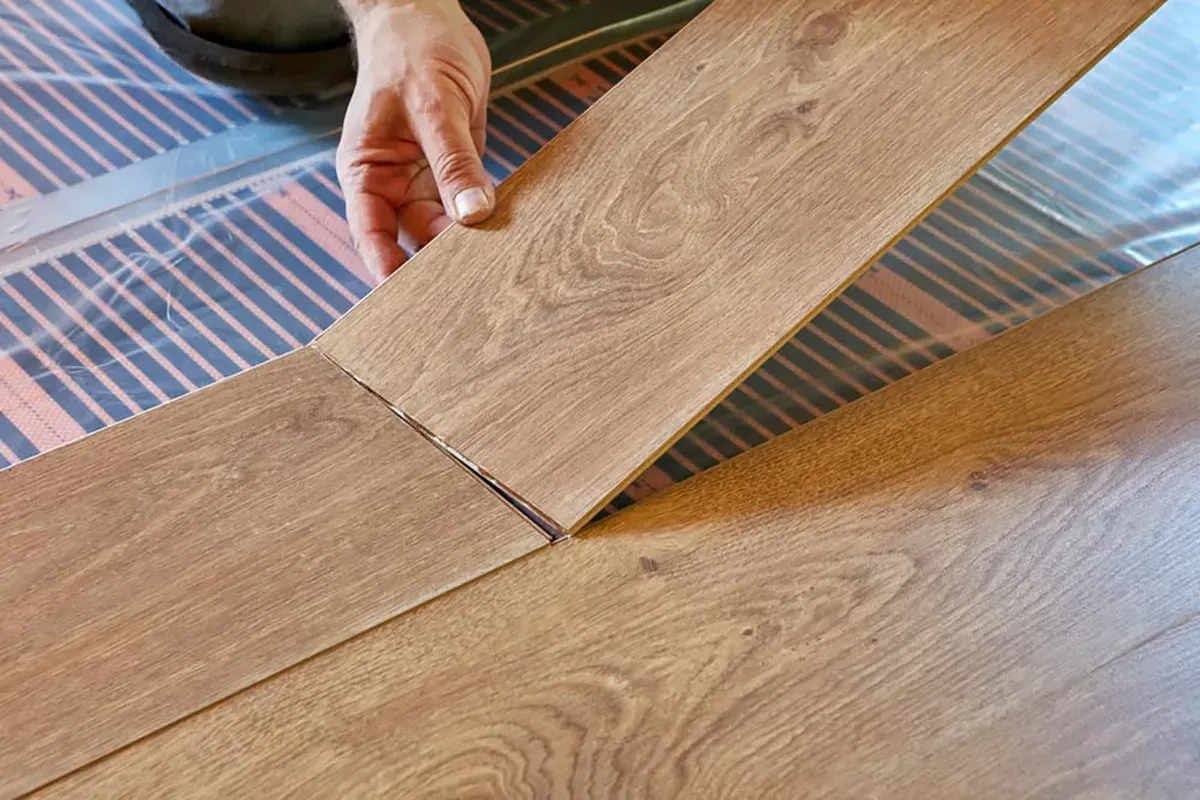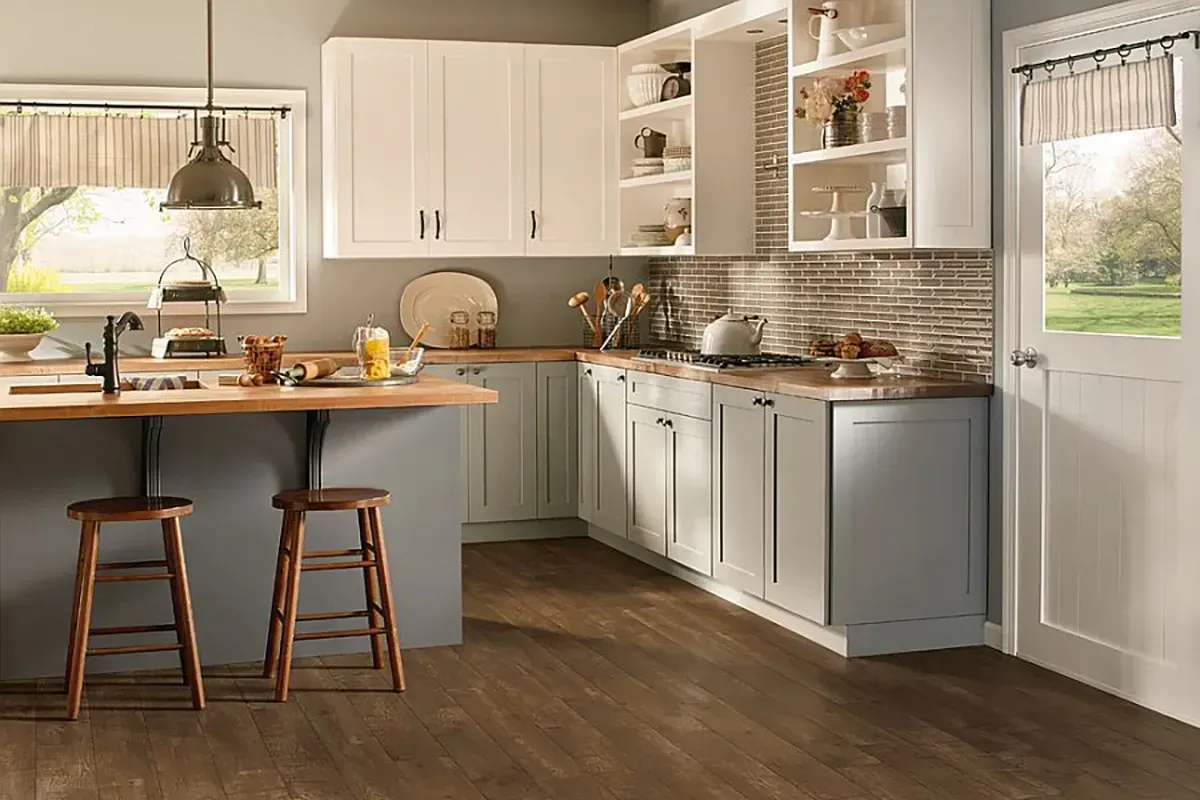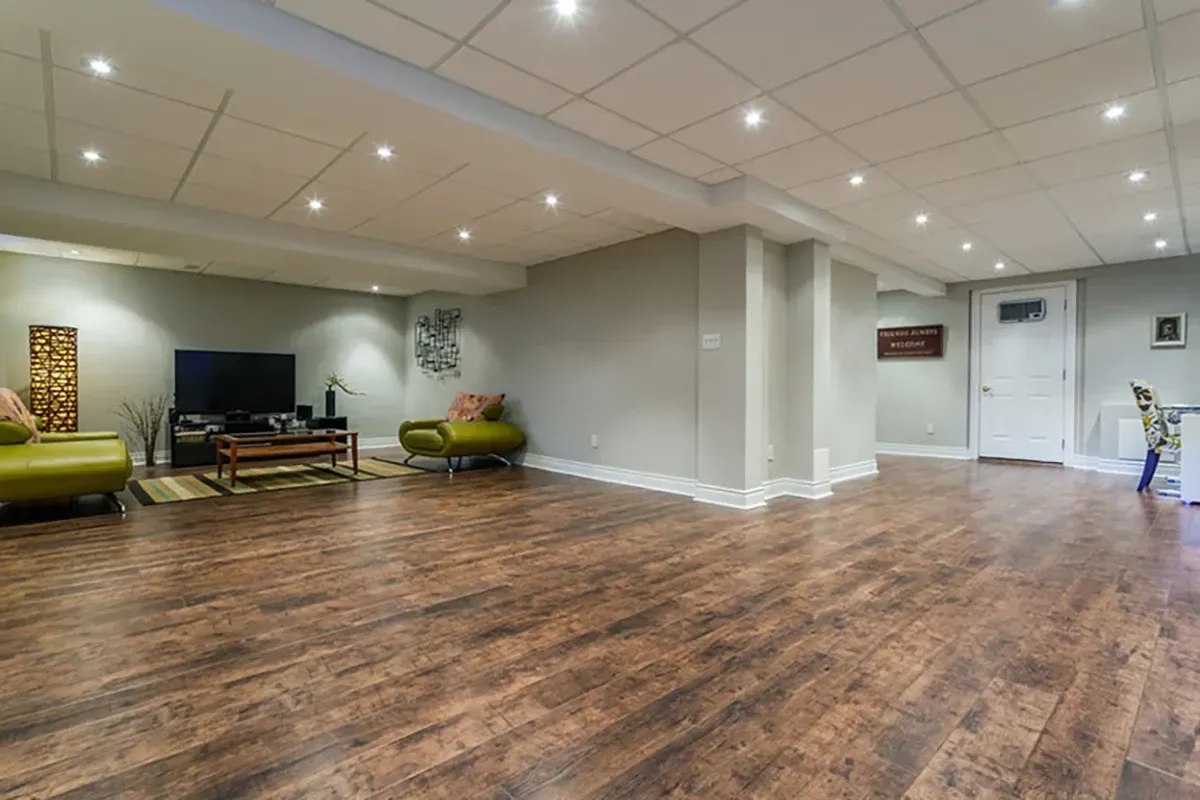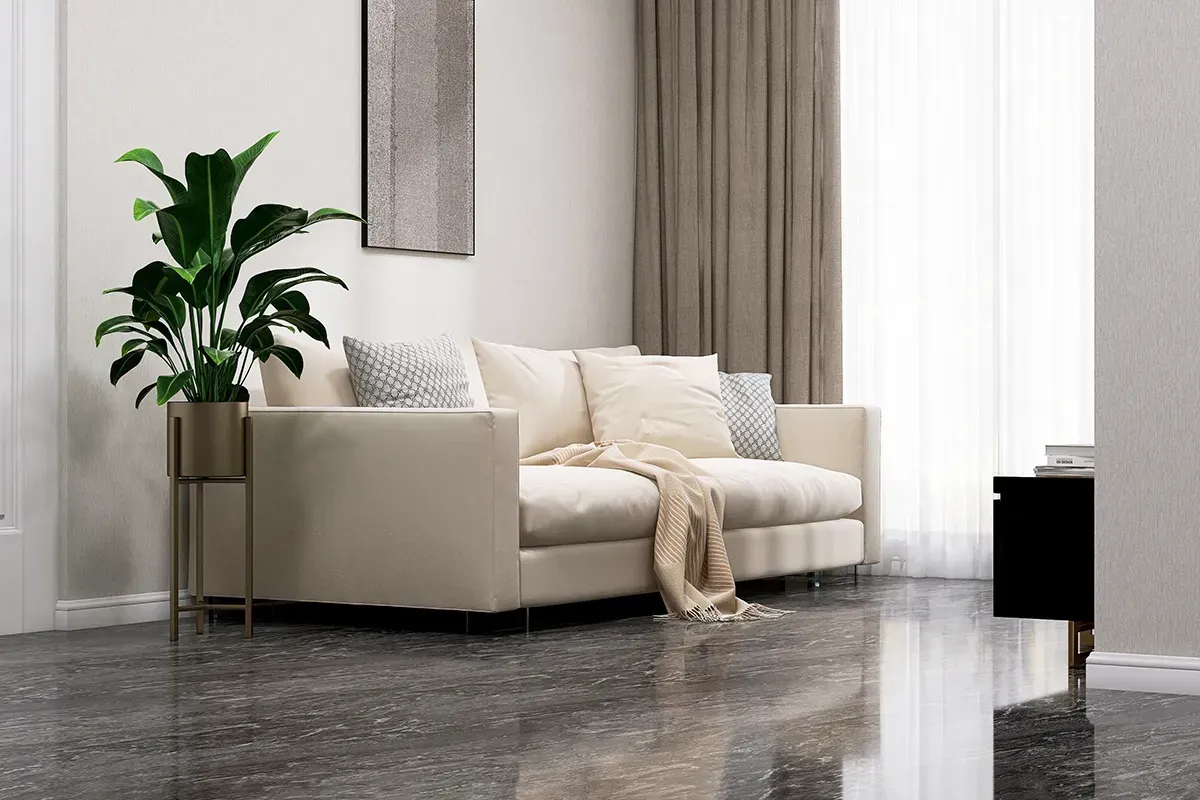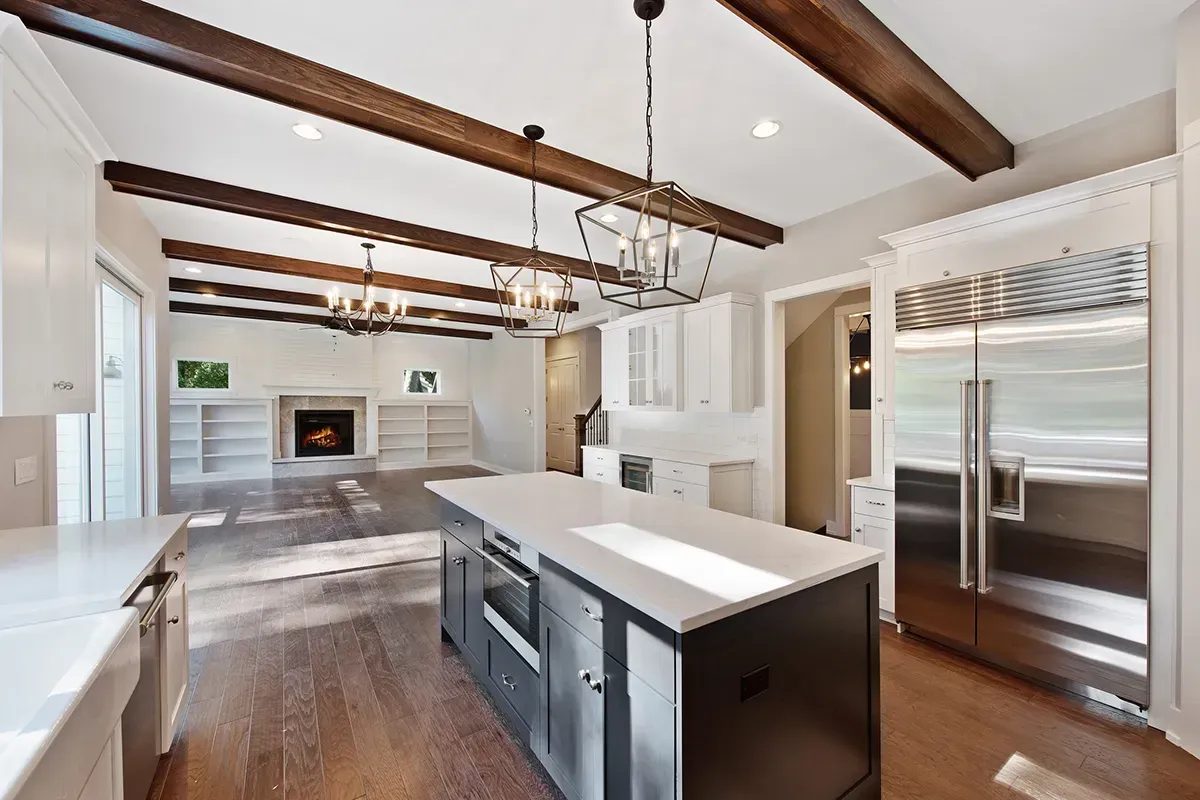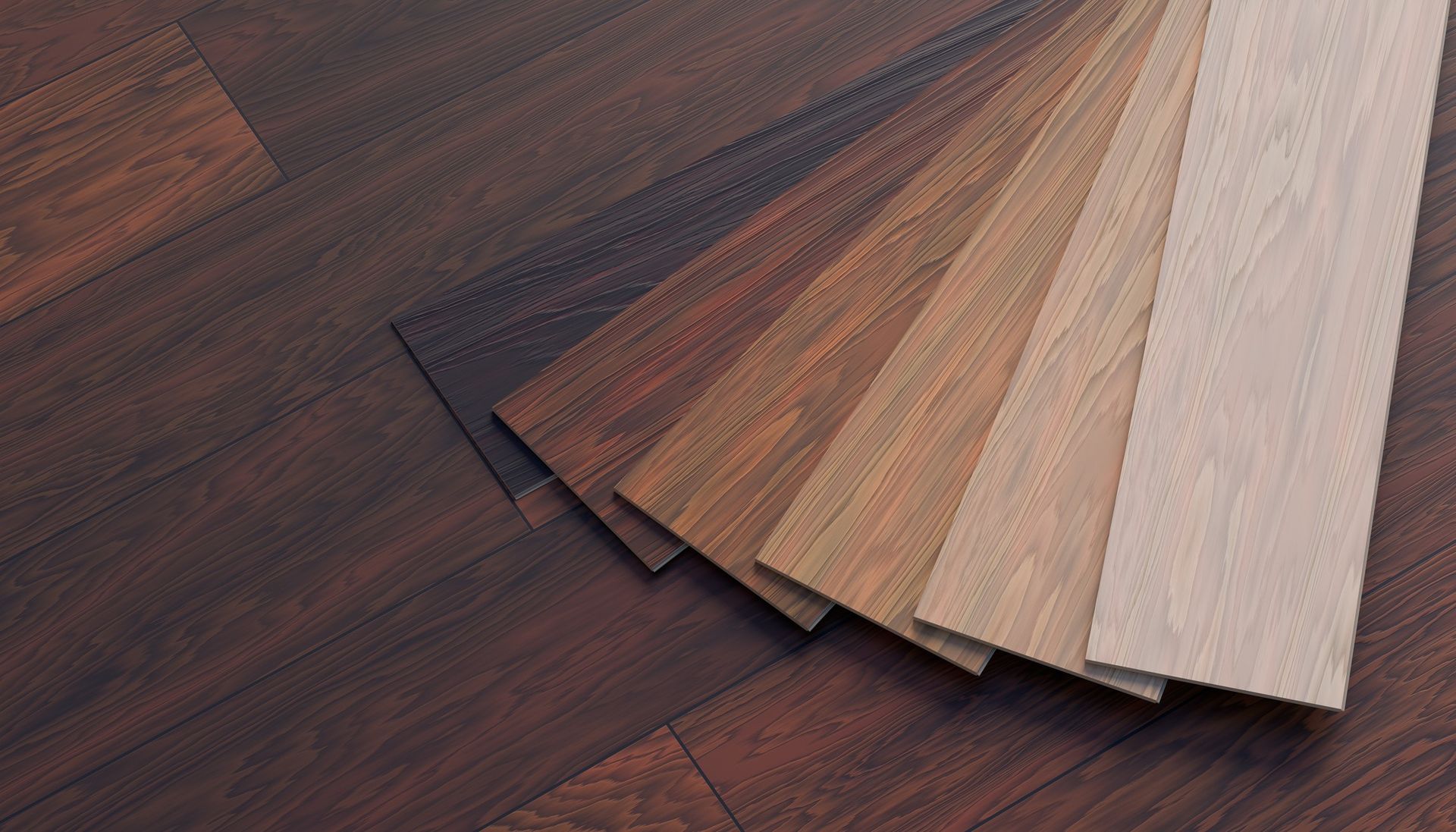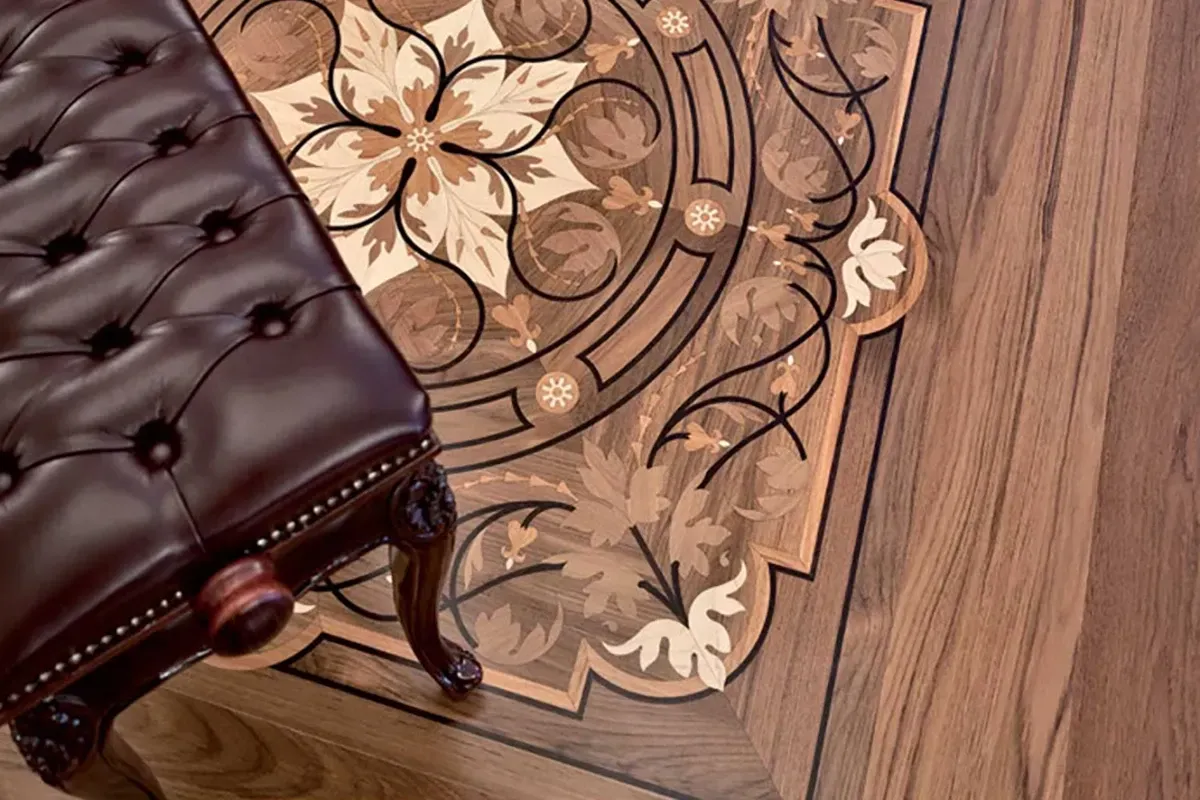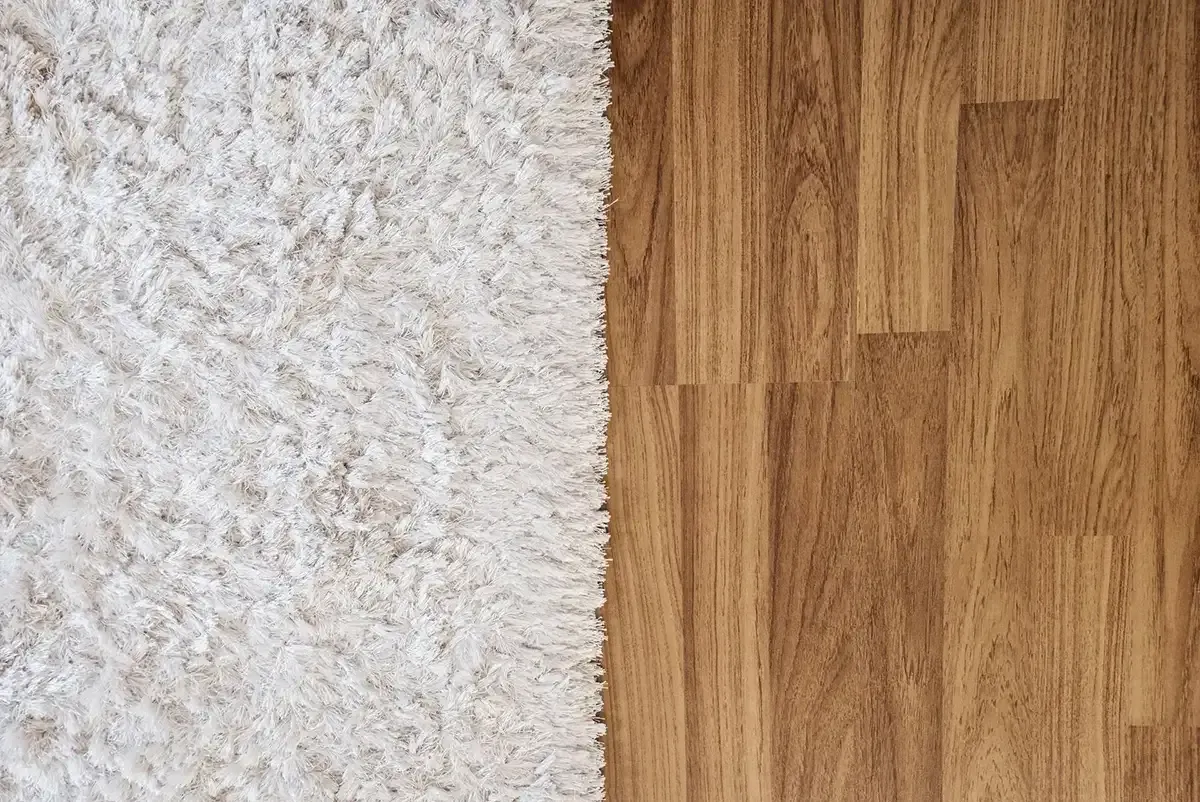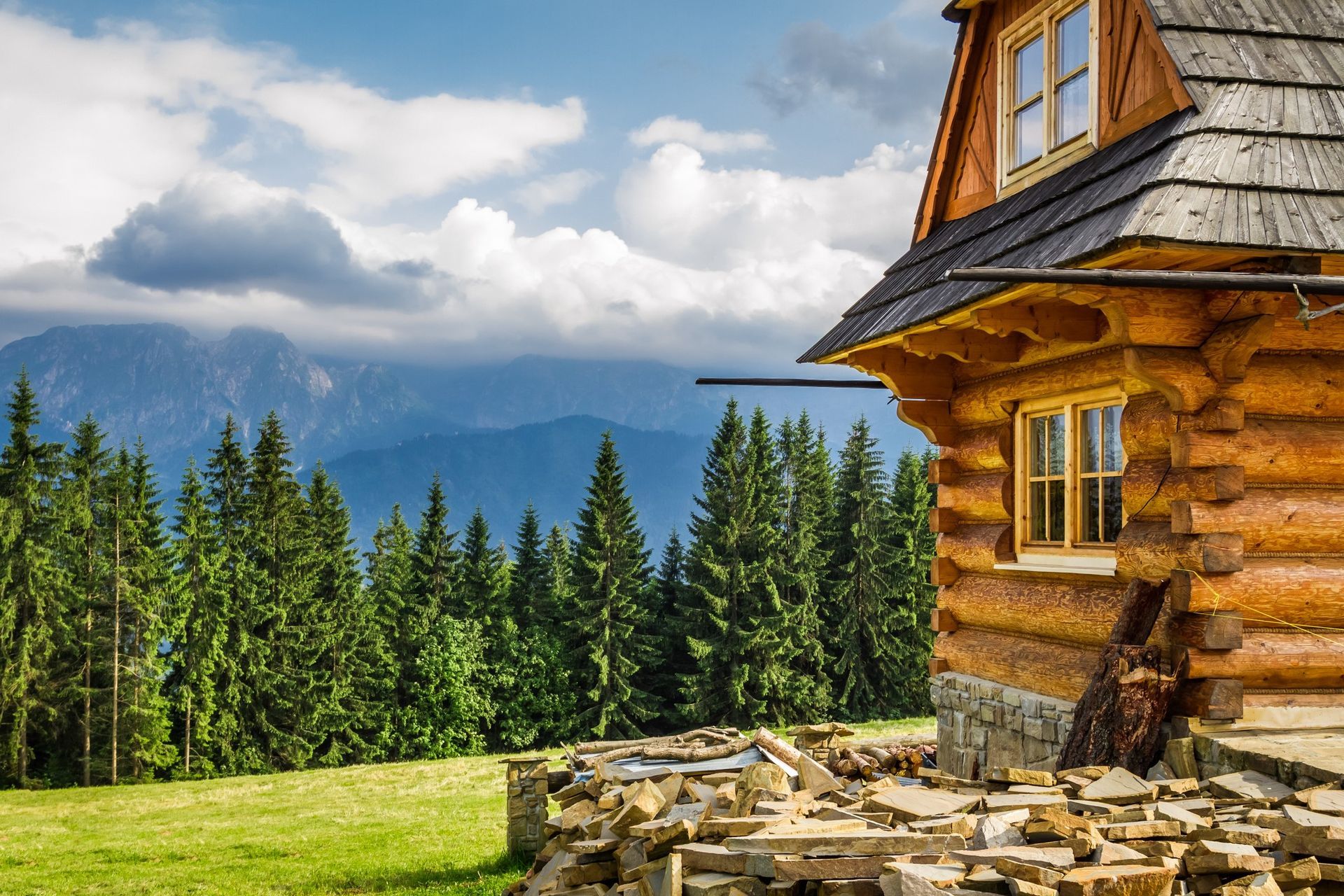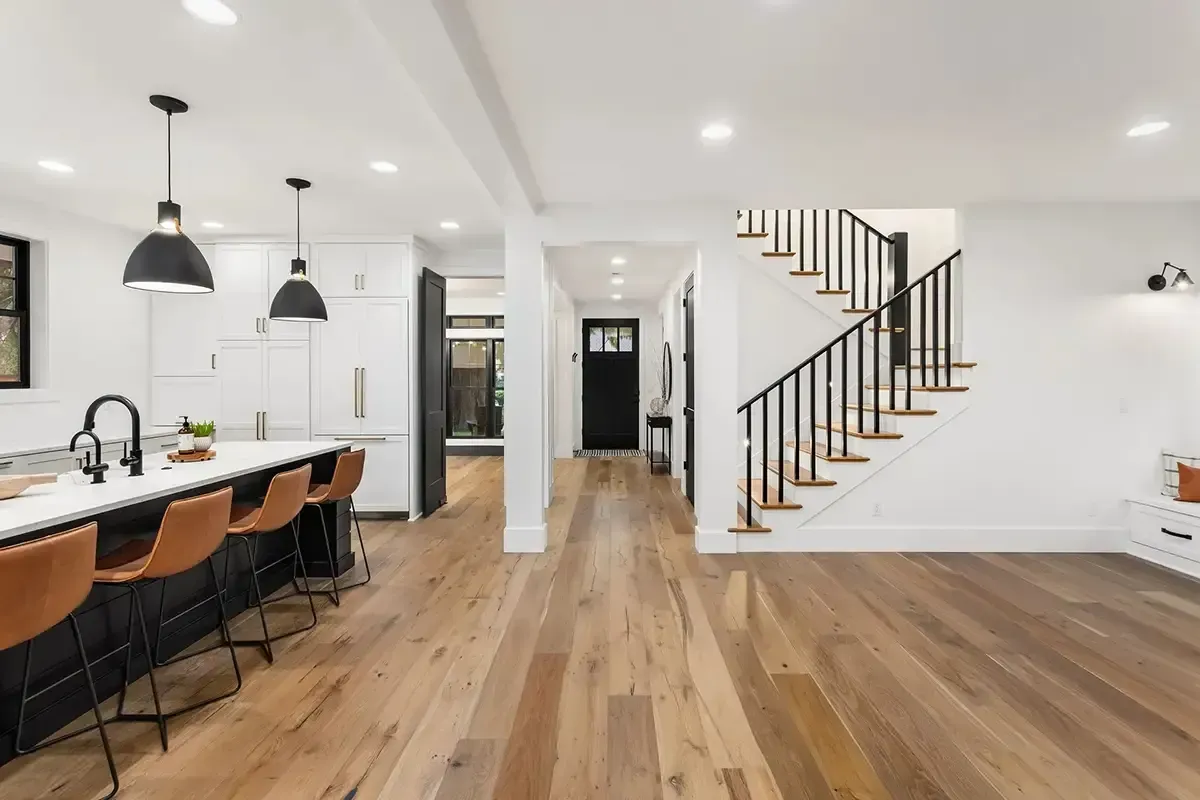Walnut Flooring Comparison: 4 Types & Key Differences

When it comes to premium hardwood flooring, walnut stands out as a top choice for homeowners and designers alike. Known for its deep, rich tones and striking grain patterns, walnut flooring adds warmth, elegance, and sophistication to any space. Whether you're renovating your home or selecting flooring for a new build, understanding the benefits, characteristics, and maintenance requirements of walnut flooring can help you make an informed decision.
Why Choose Walnut Flooring?
Walnut flooring is synonymous with luxury, warmth, and timeless beauty. Known for its rich hues, smooth grain patterns, and durability, walnut is a favorite among homeowners and interior designers. Whether you prefer the classic look of American Walnut, the exotic strength of Brazilian Walnut, the refined elegance of European Walnut, or the affordability of Asian Walnut, there’s a walnut flooring option for every style and need.
In this guide, we’ll break down the different types of walnut flooring, their Janka hardness ratings, aesthetics, durability, maintenance, and cost, helping you decide which one is best for your home.
Types of Walnut Flooring
1. American Walnut (Black Walnut) Flooring
American Walnut, often referred to as Black Walnut, is one of the most sought-after hardwood flooring options in North America. Known for its deep reddish chocolate hues and elegant grain, it brings a sophisticated yet inviting warmth to interiors.
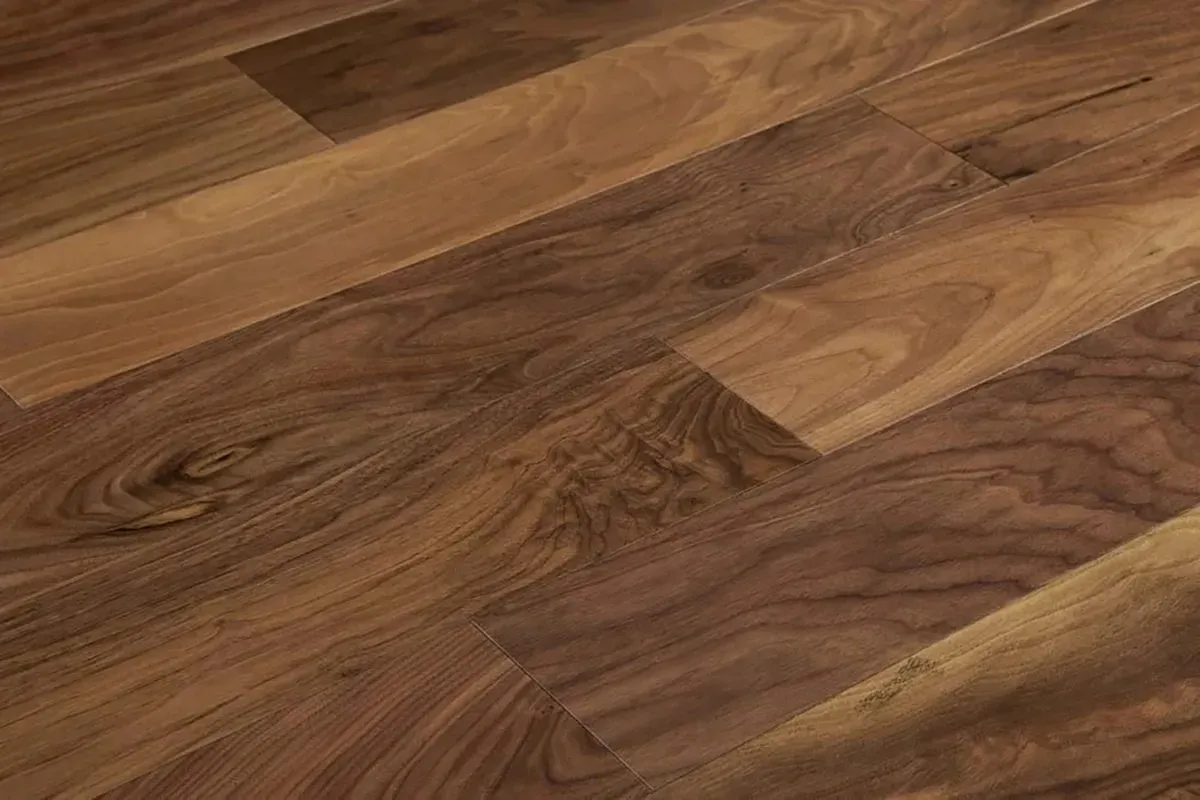
Scientific Name: Juglans nigra
Janka Hardness Rating: 1,010 lbf
Color & Grain: Rich brown with purple undertones, straight grain with occasional waves
Best For: Bedrooms, living rooms, and low-to-moderate traffic areas
Pros:
- Beautiful, dark brown tones that deepen over time
- Easy to work with and install
- Doesn’t require excessive staining
Cons:
- Softer than other walnut types, making it prone to scratches
- Requires protective measures like furniture pads and rugs in high-traffic areas
2. Brazilian Walnut (Ipe) Flooring
Brazilian Walnut, commonly known as Ipe, is one of the hardest and most durable flooring options available. Its extreme density makes it highly resistant to scratches, moisture, and termites, making it ideal for homes with pets, heavy foot traffic, or humid climates.
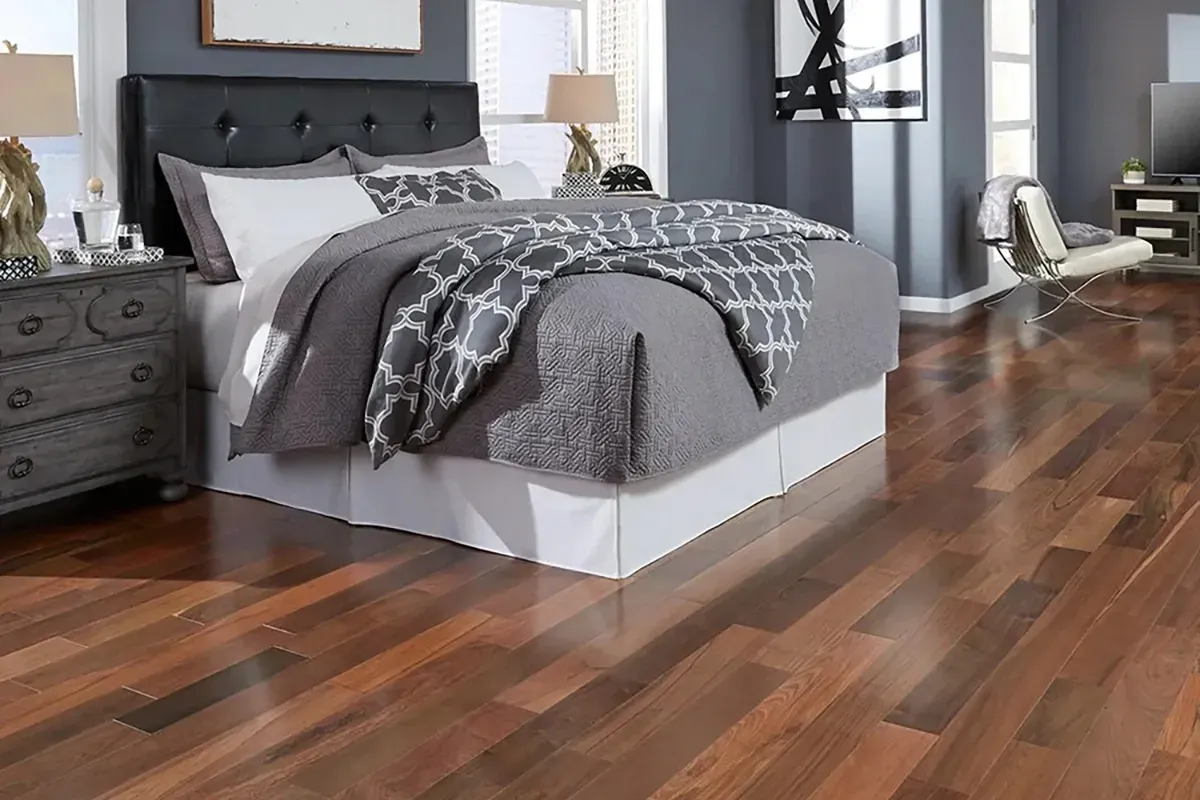
Scientific Name: Handroanthus spp.
Janka Hardness Rating: 3,680 lbf
Color & Grain: Deep reddish-brown to nearly black, fine-grained and extremely dense
Best For: High-traffic areas, commercial spaces, and even outdoor decks
Pros:
- Exceptionally hard and durable
- Naturally moisture- and insect-resistant
- Stunning high-end appearance
Cons:
- Expensive due to import costs
- Difficult to cut and install (requires pre-drilling)
3. European Walnut (English Walnut) Flooring
European Walnut, also called English Walnut, is known for its sophisticated and refined look. It has a more uniform grain pattern compared to American Walnut and tends to have lighter brown tones with a warm, golden finish.
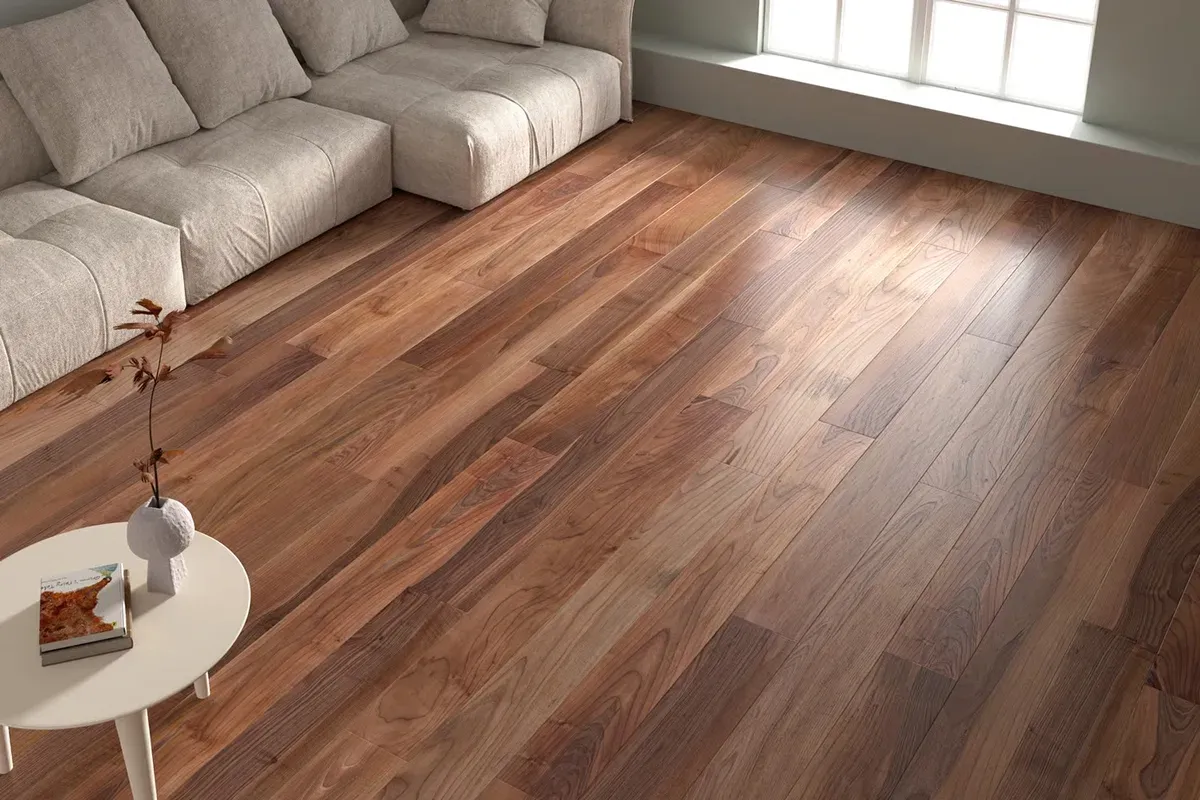
Scientific Name: Juglans regia
Janka Hardness Rating: 1,220 lbf
Color & Grain: Lighter than American Walnut, with warm brown and honey-golden tones
Best For: Elegant and traditional interiors, medium-traffic areas
Pros:
- More durable than American Walnut but still easy to work with
- Elegant, classic look with softer hues
- Less expensive than Brazilian Walnut
Cons:
- Not as readily available in North America
- Still softer than oak or hickory, making it susceptible to dents
4. Asian Walnut (Acacia) Flooring
Asian Walnut, often referred to as Acacia flooring, is an affordable alternative to Brazilian Walnut. It offers bold color variations and a distinctive grain, making it a great choice for those who want a more unique flooring appearance.

Scientific Name: Acacia spp.
Janka Hardness Rating: 2,200 – 2,350 lbf
Color & Grain: Highly varied colors, from golden to deep brown, with a unique swirling grain pattern
Best For: Homes looking for an exotic look on a budget
Pros:
- Harder than American Walnut, making it more resistant to wear
- More affordable than Brazilian Walnut
- Exotic, visually striking look
Cons:
- High color variation may not suit all design styles
- Some lower-quality varieties may be prone to warping if not properly installed
How to Maintain Walnut Flooring
Walnut flooring, regardless of type, requires proper maintenance to preserve its beauty and longevity:
- Sweep & Vacuum Regularly – Prevents dust and debris from scratching the surface
- Use Furniture Pads – Protects against dents and scratches
- Avoid Excess Moisture – Wipe up spills immediately to prevent warping
- Recoat & Refinish – American and European Walnut may need periodic refinishing
- Control Humidity Levels – Prevents expansion and contraction of wood
Cost of Walnut Flooring
- American Walnut: $6 – $12 per sq. ft.
- Brazilian Walnut: $9 – $18 per sq. ft.
- European Walnut: $7 – $14 per sq. ft.
- Asian Walnut: $5 – $10 per sq. ft.
While Brazilian Walnut is the most expensive, it is also the most durable. Asian Walnut offers affordability, but with greater variation in quality.
Is Walnut Flooring Right for You?
Walnut flooring is an excellent choice for homeowners who appreciate natural beauty, elegance, and a touch of luxury. While it may require slightly more care than harder woods, its stunning aesthetics and long-term value make it a worthwhile investment.
Whether you opt for American walnut’s classic warmth or Brazilian walnut’s unmatched durability, this hardwood will bring sophistication and style to your home for years to come. If you're looking for a floor that combines timeless elegance with unique character, walnut flooring is a perfect choice.
Looking for walnut flooring in Portland, Oregon? Contact Rejuvenation Floor and Design to explore high-quality walnut options and professional installation services!

